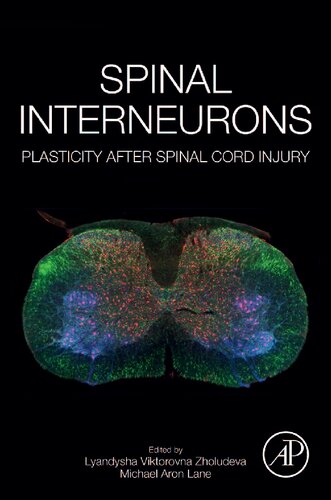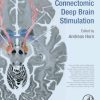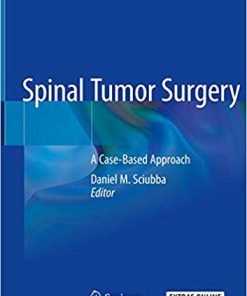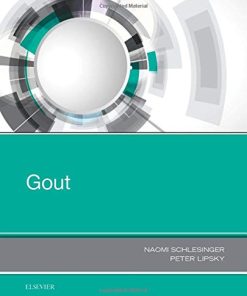Spinal Interneurons 1st edition – eBook PDF
$50.00 Original price was: $50.00.$35.00Current price is: $35.00.
Spinal Interneurons – Ebook PDF
Spinal Interneurons 1st edition – Ebook PDF Instant Delivery – ISBN(s): 9780128192603,0128192607, 9780128192610, 0128192615

Product details:
- ISBN-10 : 0128192615
- ISBN-13 : 9780128192610
- Author: Lyandysha Viktorovna Zholudeva, Michael Aron Lane
The spinal cord is comprised of four types of neurons: motor neurons, pre-ganglionic neurons, ascending projection neurons, and spinal interneurons. Interneurons are neurons that process information within local circuits, and have an incredible ability for neuroplasticity, whether due to persistent activity, neural injury, or in response to disease. Although, by definition, their axons are restricted to the same structure as the soma (in this case the spinal cord), spinal interneurons are capable of sprouting and rewiring entire neural circuits, and contribute to some restoration of disrupted neural communication after injury to the spinal cord (i.e., “bypassing the lesion site).
Spinal Interneurons provides a focused overview of how scientists classify interneurons in general, the techniques used to identify subsets of interneurons, their roles in specific neural circuits, and the scientific evidence for their neuroplasticity. Understanding the capacity for neuroplasticity and identity of specific spinal interneurons that are optimal for recovery, may help determine cellular candidates for developing therapies.
Spinal Interneurons provides neuroscientists, clinicians, and trainees a reference book exclusively concentrating on spinal interneurons, the techniques and experiments employed to identify and study these cells as part of normal and compromised neural circuits, and highlights the therapeutic potential of these cells by presenting the relevant pre-clinical and clinical work to date. People in industry will also benefit from this book, which compiles the latest in therapeutic strategies for targeting spinal interneurons, what considerations there are for the development and use of treatments, and how such treatments can not only be translated to the clinic, but how existing treatments should be appropriately reverse-translated to the bench.
Table of contents:
Section 1: Spinal Interneurons – Motor and Sensory Neuronal Networks
1. The Neuronal Cell Types of the Spinal Cord
2. Identified Interneurons Contributing to Locomotion in Mammal
3. Decoding Touch: Peripheral and Spinal Processing
4. Spinal Interneurons and Pain: functional organization of dorsal horn neurons in acute and persistent pain
5. Cholinergic Spinal Interneurons
6. Spinal Interneurons, Motor Synergies and Modularity
Section 2: Spinal Interneurons – Gatekeepers to plasticity following injury
7. Spinal Interneurons Contribute to Adaptive and Maladaptive Plasticity after Spinal Cord Injury
8. Changes in motor outputs after spinal cord injury
9. Respiratory Spinal Interneurons
10. Spinal Interneuronal Control of the Lower Urinary Tract
11. Spinal interneurons and Autonomic Dysreflexia after Injury
12. Human Spinal Networks: Motor Control, Autonomic Regulation and Somatic-Visceral Neuromodulation
13. Spinal Interneurons post-Injury: Emergence of a different perspective on spinal cord injury
14. The Unified Theory of Central Pattern Generator Function After Spinal Cord Injury
15. Spinal Interneurons & Cell transplantation
16. Spinal Interneurons and Cellular Engineering
People also search:
You may also like…
Ebook-PDF
Engineering
Medicine
Communication
Mathematics
Science (General)










